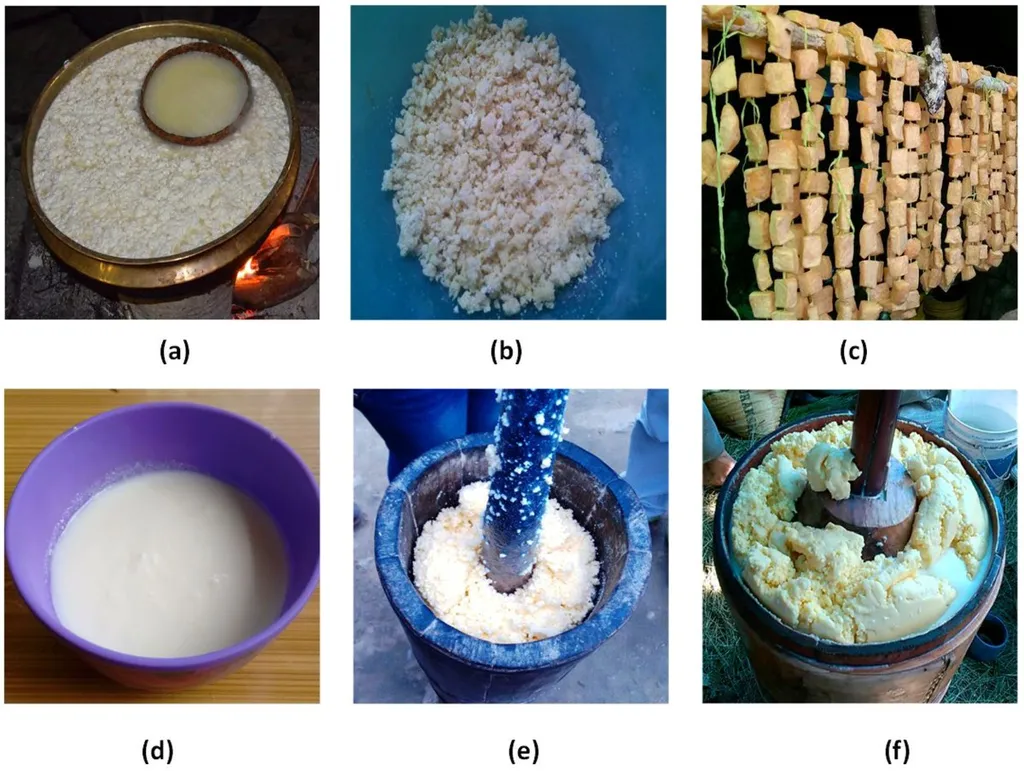In the ongoing battle against antibiotic resistance, a team of researchers from Mohammed First University in Morocco has uncovered a promising alternative that could revolutionize the way we combat pathogenic bacteria. Led by Asmae Sellam from the Laboratory for Agricultural Production Improvement, Biotechnology and Environment, the study, published in the journal *Scientific African* (translated to English as “African Science”), focuses on the antibacterial properties of lactic acid bacteria (LAB) found in traditional Moroccan fermented milk.
The research highlights a critical global health issue: the increasing prevalence of multidrug-resistant (MDR) pathogenic bacteria. These bacteria pose a significant threat, often rendering conventional antibiotics ineffective. “The widespread and repeated use of antibiotics has exacerbated this problem, making it imperative to find alternative solutions,” Sellam explains.
The study isolated 32 LAB strains, of which 10 demonstrated significant antibacterial activity against MDR pathogens and enteropathogens that produce beta-lactamase enzymes. Among these, Lactobacillus plantarum LB5 stood out, exhibiting an impressive inhibition zone of 20.0 ± 0.0 mm against methicillin-resistant Staphylococcus aureus (MRSA). The selected isolates were identified as Gram-positive, catalase-negative bacilli, classified into seven species, including Lactobacillus acidophilus, Bifidobacterium longum, Lactobacillus reuteri, Lactobacillus rhamnosus, and Lactobacillus plantarum.
Molecular identification confirmed the accuracy of the phenotypic results, ensuring the reliability of the findings. The cell-free supernatants (CFSs) of these LAB strains remained active after being heated to 100°C for 20 minutes and across a wide pH range (2–10). Enzymatic treatment with protease eliminated the antibacterial activity, confirming the proteinaceous nature of the compounds. Notably, the CFS of L. plantarum caused a significant increase in OD260 and OD280 values, indicating membrane damage and intracellular leakage in the target pathogens.
These findings underscore the potential of bacteriocins produced by LAB as natural bio-preservatives and alternatives to conventional agents against MDR pathogens. The implications for the agricultural and food industries are substantial. As Sellam notes, “The use of bacteriocins could not only enhance food safety but also reduce the reliance on synthetic preservatives, aligning with the growing consumer demand for natural and sustainable products.”
The research opens new avenues for developing innovative solutions to combat antibiotic resistance, particularly in the food and agricultural sectors. By leveraging the natural antibacterial properties of LAB, industries can explore more sustainable and effective methods for preserving food and ensuring public health. As the world continues to grapple with the challenges posed by MDR pathogens, this study offers a glimmer of hope and a pathway towards more resilient and sustainable solutions.

